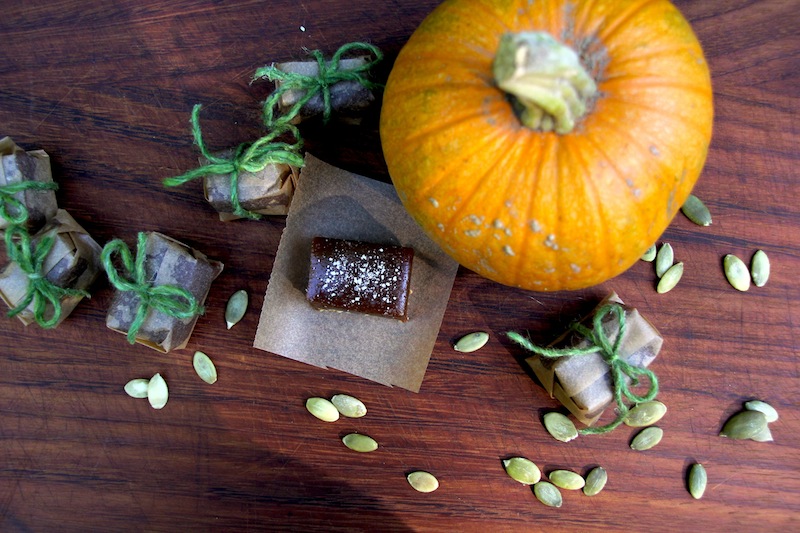This summer I fell in love with a field of rye.
As you can see in the video, on golden summer evenings when the sun would hit it a certain way, the whole field seemed to glow and the tall stalks would come alive in the wind. Along with falling in love with this rye field, I also fell in love with a song. When I first heard the Christian Löffler track that you hear in the video, thanks to a friend who posted it on facebook, I had the same tingly feeling as when I was walking in that field of rye at sunset and I was thrilled when Ki Records very kindly allowed me to use it.
We harvested the rye in late July, thanks to a combine that was on loan from a Boston company keen on getting farmers to try out their new imported models of compact smaller-scale combines.
I recently wrote an article about grains for the fall issue of Edible Toronto magazine, which you can read by clicking here. The gist of the article, if you don't have time to read it, covers my hesitations about grains in light of warnings from some nutritionists about the darker sides of the cereal family (namely sky-rocketing gluten intolerance rates and the woes of phytic acid).
What I discovered while doing research for this article, which I found utterly fascinating, is the link between gluten-intolerance / Celiac's disease and modern wheat varieties. Since the 1950's, wheats have been bred by the agricultural industry to maximize yield. But along the way, this has inadvertently affected the wheat's gluten proteins. Many studies are now pointing to modern wheat breeding methods as the cause of the 400% rise in Celiac's disease over the past 40 years. After reading about this, I became all the more interested in the rare, heirloom grain varieties that my boyfriend is growing out, such as the dashingly elegant Black Winter emmer, the sturdy Rouge de Bordeaux wheat, and the tall proud sorghums.

Heirloom grain varieties may in fact be much better for our health and digestion. They are often better adapted to local soils and climates. And growing them can be of great service for the biodiversity of our planet, since many older grain varieties are going extinct because they are no longer being grown. Over the past century alone, 75% of our agricultural crops have gone extinct. We often hear about endangered animals like pandas and tigers, whose plight is of great importance. But what about the disappearing agricultural species whose unique flavours will never be experienced again?

The other thing I learned about is phytic acid, a substance in grains that prevents our bodies from properly absorbing their nutrients. Although I own a copy of Nourishing Traditions, the cult classic book by nutritionist Sally Fallon, I never gave it a proper read until I was writing this article. Fallon has documented how cultures around the world and throughout history have often soaked or fermented their grains before cooking them. This process activates phytase, an enzyme that breaks down phytic acid and helps us to better digest grains and assimilate their nutrients and vitamins. Fallon advocates soaking grains in water to which a small amount of yoghurt, lemon juice, or vinegar has been added.
This rye berry salad was my first try at cooking grains using this method. And the results were wonderful. Soaking the grain berries this way made them chewy, tender, and tasty. Since then, I have tried other recipes from the cookbook and made soaked flour muffins and pancakes (you soak freshly ground flour in water with whey or yoghurt for 24 hours) and so far I'm loving it.
I hope you'll try this salad. The rye berries can be substituted for wheat, spelt or any grain berries of your choice. Please modify the rest of the ingredients according to your preferences and what is seasonally available in your area. Have fun and bon appétit!
RYE BERRY SALAD
Note: The general rule for the preparation of grains for optimal digestibility and nutrient absorption is to soak them in twice their volume of water, adding 2 tablespoons of an acidic medium per cup of grain. The acidic medium should ideally be yogurt, kefir, whey or buttermilk but apple cider vinegar and/or lemon juice can also be used.
Rye Berries
1 1/2 cups rye berries
3 tbsp plain yogurt (see Note, above)
1 tsp sea salt or kosher salt
Salad
Juice & zest of one lemon
1 tbsp unfiltered apple cider vinegar
1 tsp Dijon mustard
1/3 cup extra virgin olive oil
1 tsp pure maple syrup
1 clove garlic, minced
Sea salt or kosher salt, to taste
Freshly ground black pepper, to taste
1 cup shredded cooked organic chicken
2 to 3 ears of sweet corn, steamed, kernels removed
1 small zucchini, thinly sliced
1 shallot or small red onion, finely diced
4 ripe figs or seasonal local fruit, chopped
3/4 cup toasted walnuts
1/2 cup dried cranberries
1 small bunch basil, stemmed and chopped
In a large bowl, add the rye berries, yogurt and water. Stir well to combine. Let soak for a minimum of 7 hours or up to 24 hours. Drain and rinse the rye berries. (You can cook them in the soaking liquid if you wish.) Bring the berries and about 5 cups of water to a boil. Remove any scum that rises to the surface. Stir in the salt, reduce the heat, and simmer until the rye berries are the desired tenderness, about 45 minutes. Drain the rye berries. Transfer the rye berries to a large bowl. Cool to room temperature. They are now chewy, flavourful little bundles of nutrients, all ready to use!
In a small bowl, whisk together the lemon juice, vinegar and mustard. Slowly whisk in the oil. Whisk in the maple syrup and garlic. Add salt and pepper, to taste; set aside. In the large bowl with the rye berries, add the chicken, corn kernels, zucchini, shallot, figs, walnuts, cranberries, basil and lemon zest. Stir well to combine. Stir in the vinaigrette. Taste and adjust seasonings as needed.
 I started off the day making tourtière, a traditional Québecois meat pie eaten around this time of year (think of a mountain of spiced ground pork and beef in a buttery pie crust, not for the faint-hearted). I'll share the recipe with you next year when I am off my "video sabbatical" because it's a video-worthy one. Since I was following a recipe yielding 6 meat pies (yes, Quebecers used to have BIG families!) and I only made 2 pies, I ended up with extra pie dough. Convenient since there was a sad bag of cranberries and some squash sitting in the fridge, begging to be used up. The squash pie was nothing to write home about. But the cranberry galette was delightful and since I have a feeling I'm not the only one with a spare bag or two of cranberries leftover from Christmas, I thought I'd share this recipe, which is a long-time favourite of mine and just about the easiest dessert I know how to make. It literally takes 3 minutes to prepare (minus the pie dough).
I started off the day making tourtière, a traditional Québecois meat pie eaten around this time of year (think of a mountain of spiced ground pork and beef in a buttery pie crust, not for the faint-hearted). I'll share the recipe with you next year when I am off my "video sabbatical" because it's a video-worthy one. Since I was following a recipe yielding 6 meat pies (yes, Quebecers used to have BIG families!) and I only made 2 pies, I ended up with extra pie dough. Convenient since there was a sad bag of cranberries and some squash sitting in the fridge, begging to be used up. The squash pie was nothing to write home about. But the cranberry galette was delightful and since I have a feeling I'm not the only one with a spare bag or two of cranberries leftover from Christmas, I thought I'd share this recipe, which is a long-time favourite of mine and just about the easiest dessert I know how to make. It literally takes 3 minutes to prepare (minus the pie dough). Best enjoyed with a friend by your side.
Best enjoyed with a friend by your side.












































